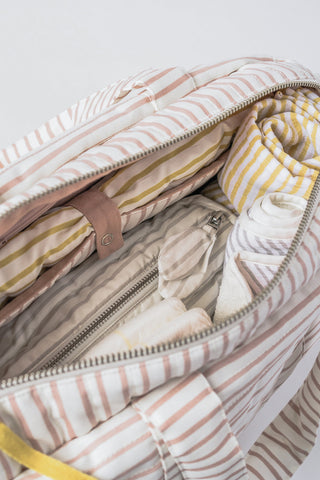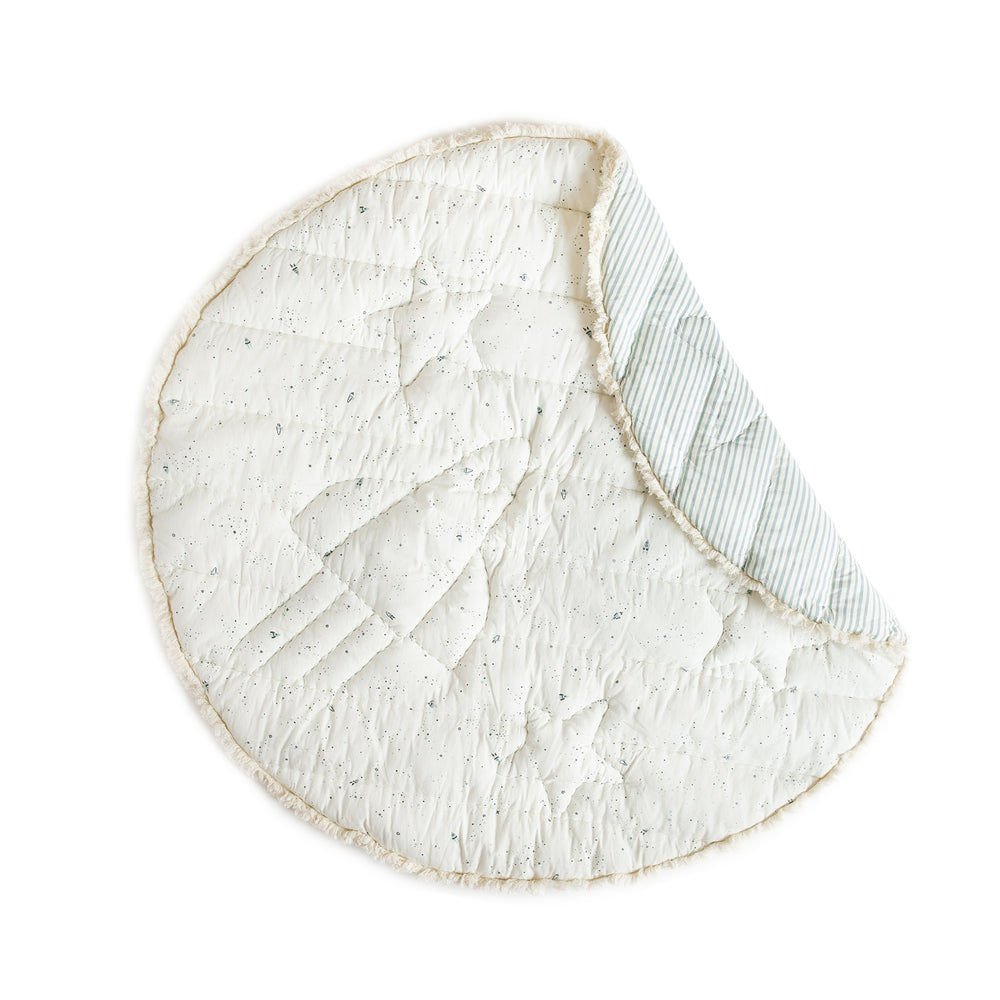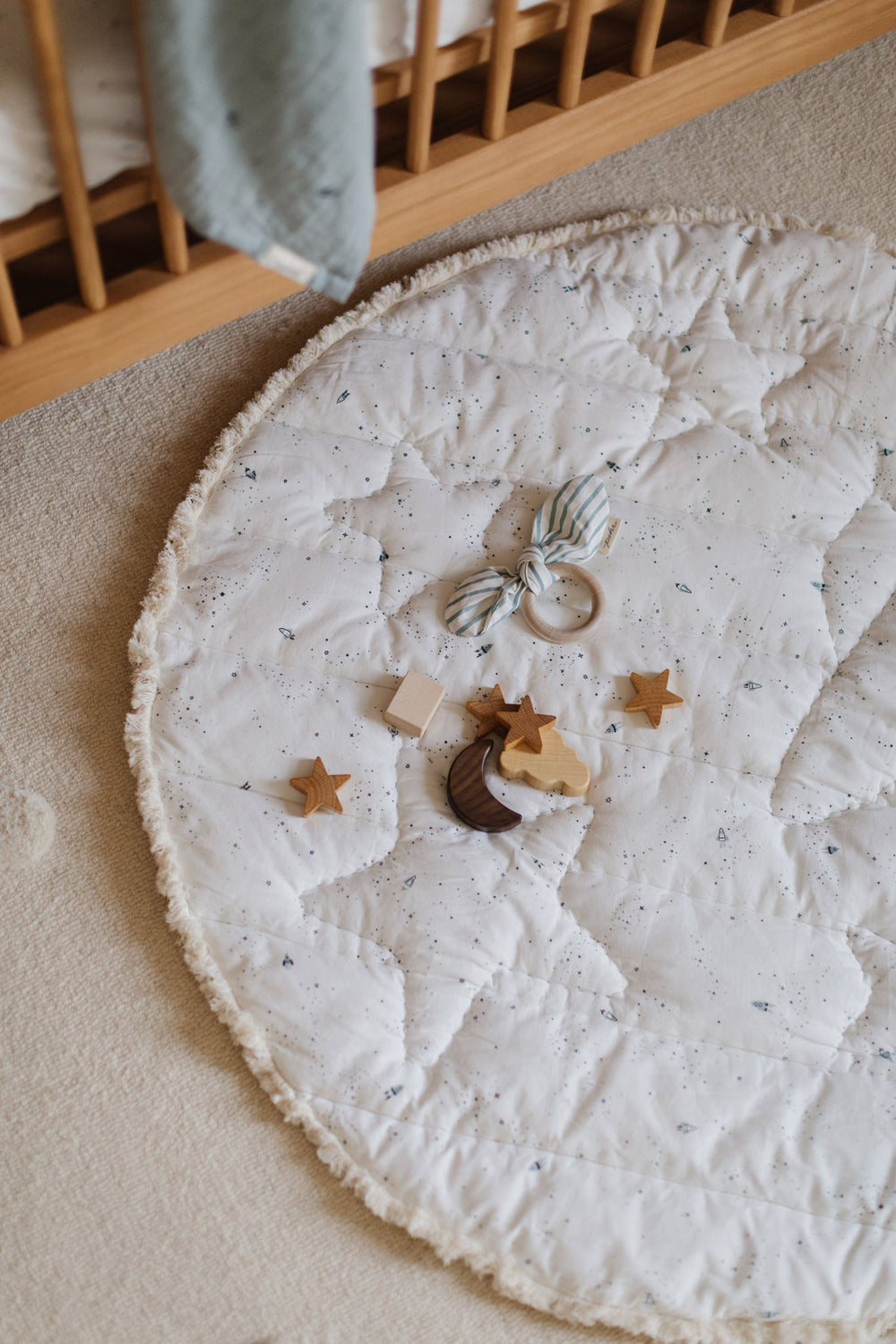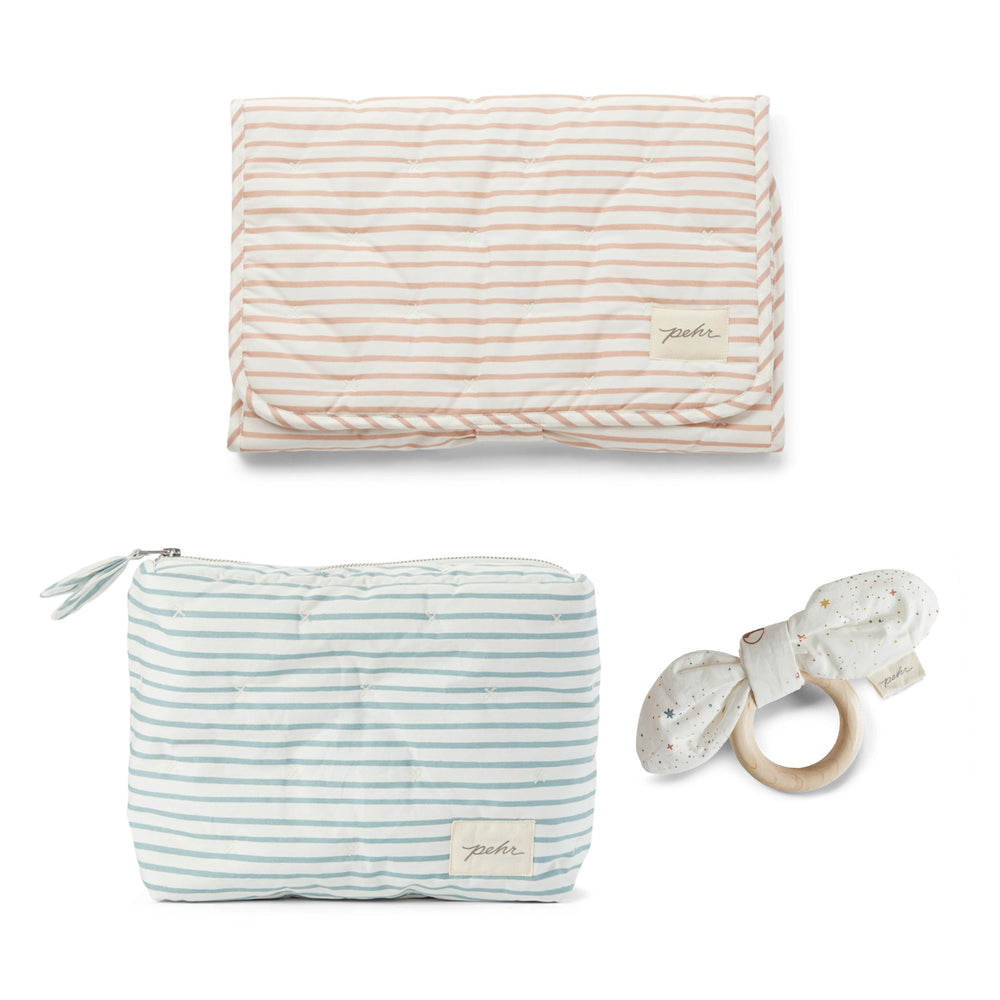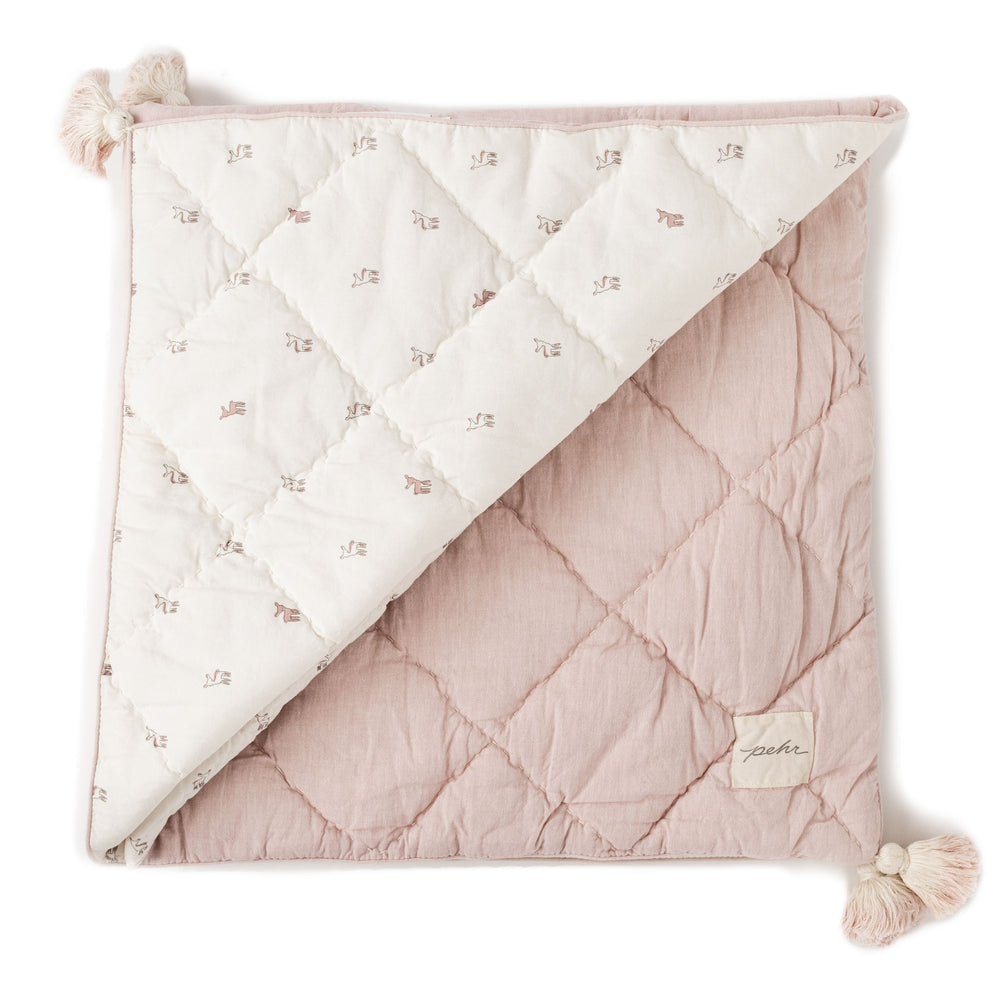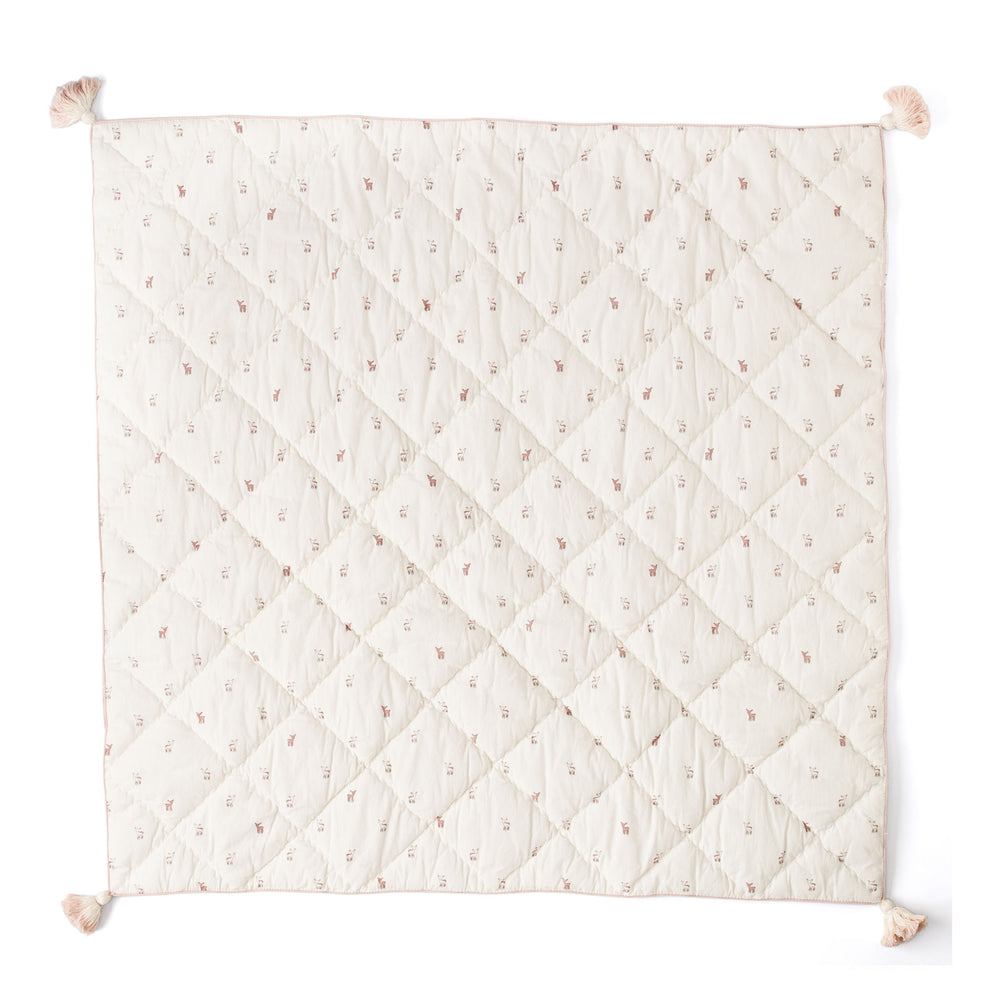Traveling With Your Baby: 20 Essential Tips For A Successful Trip
If you’ve ever taken a trip with your little one, you probably know that traveling with baby takes a little extra planning. However, if you’re properly prepared to travel with your baby, a trip together can be a memorable shared experience and we want that for you! That’s why we’ve put together a list of 20 essential tips for traveling with your baby to help you make the most of your next travel experience.
Table of Contents
- Flying with your baby
- Road trips with your baby
- Packing for travel with your baby
- Travel accommodations
- Traveling with toddlers
How to Travel With a Baby
Flying with your baby
- Make a list. When it comes to travelling with a baby, preparation is the key to success. Think about how long it takes you to prepare for a quick trip to the park or a short drive to a friend’s house. If you’re preparing for a flight, you’ll need to factor in more variables so be sure to give yourself plenty of time to check every item off your to-do list before you take off.
- Get your paperwork in order. You will need different types of documents depending on where you are traveling to and whether you're traveling internationally or domestic. Consult official government travel websites to determine what you’ll need to have on hand for your baby and yourself.
- Schedule your flight strategically. If possible, try to schedule your flight at a time that coincides with your little one’s nap or bedtime. This will ensure that there is as little disruption as possible to their sleep schedule.
- Pick a good seat. Bulkhead seating refers to seats that are directly behind the walls that separate different seating classes on a plane. These seats are a great option for travel with a baby for two reasons. First, they’ll offer you a little extra legroom. Second, if your baby is less than 20 pounds, you’ll be able to use the bassinet which attaches to the wall in front of your seat.
- Wear comfortable clothes. This might sound obvious, but airport style can be for both you and baby! Relaxed fit, organic cotton outfits can make nursing during take offs and landings easier. For your little, consider styles with snap bottoms and two-way zips for easy on and off with changes in close quarters.
- Can I bring baby food and milk with me on the plane? Baby food and breast milk are exempt from volume limits that typically apply to carry-on liquids so feel free to pack whatever you think your little one will need for the flight. Don’t forget to factor in the time you’ll spend in the departure and arrival terminals when you’re determining how much food, milk, or formula to bring along with you. Keeping it all organized in compartments of a diaper bag can be helpful for both meal planning and in case they need to be accounted for at security.
- Consider a seat for your baby. Even if you’re traveling with a newborn, it could be worth booking an extra for a seat for your baby. This is especially true if you’re taking a long-haul flight. Your little one is more likely to sleep soundly if they have their own space and you will be able to give your arms a rest too. Dressing them in their jammies for overnight routes can also help keep this part of their nighttime ritual consistent.
- Will I have to pay to check my stroller or car seat? Most airlines will check your stroller and car seat for free. If you’re unsure what the checked baggage policy is for strollers and car seats, we recommend either calling the airline or checking their website before your flight.
-
Should I check my stroller and car seat at the counter or at the gate? It’s often helpful to have access to your stroller as you navigate the airport, so checking it at the gate rather than the counter is usually a good idea. Having it on hand for baby to nap before the flight can be useful, or for a snack by sitting up and adding a bib. Additionally, strollers that are checked at the gate tend to be placed in the cabin rather than in the baggage section of the plane which means it’s less likely to get damaged and will be ready for you when you disembark. It can also be a good idea to check your car seat at the gate, as baggage isn’t always handled delicately in the stowaway compartment of the plane. Many parents also find that because the car seat is familiar to your little one, they are more likely to settle in for a nap during the flight if the car seat is used onboard.

On The Go Portable Changing Pad - Ink
Road trips with your baby
- Plan your start time strategically. If your baby loves to sleep in the car, try to time the beginning of your trip with a regular nap time. This way, you can get some peaceful miles under your belt while your little one gets some rest.
- Pack your car the night before you leave. While driving to your destination might take a little longer than flying, there can be advantages to this mode of travel as well. Bringing larger items you might otherwise leave behind, like a nursing pillow or play mat make the list. Avoiding the airport and being able to pack up your car the night before you leave will make your travel day a lot smoother too.
- Make sure the items you need are easily accessible. Speaking of packing up your car, think strategically about where you put the items you’re bringing along. Make sure that whatever you might need as you drive, like snacks, bottles, extra clothes and diaper-changing essentials are all easily accessible.
Packing for travel with your baby
- Bring a mix of new toys and old favorites. If you’re wondering how to travel with a baby without disrupting all the passengers around you, this is a great tip. A brand new toy can help capture your little one’s attention and keep them entertained during a road trip or a long flight. So bring something exciting and new along for your trip. But, don’t forget your baby’s favorite blanket, stuffed animal or swaddle for a game of peekaboo! These items can provide comfort in unfamiliar surroundings.
- Consider shipping some items ahead of time. When it comes to tips for traveling with a baby, any parent will tell you it helps to have all of the essentials on hand. But, lugging them from your home to your destination can be a pain. Consider having some of your essentials like diapers and wipes shipped to your accommodation instead of using up precious luggage space.
- Bring your pharmacy essentials. Be prepared for a potential fever, cold, flu, or stomach bug that might arise by packing some pharmacy essentials for your little one. This is especially important if you are traveling internationally, as the medications you are used to using might not be as readily available in these locations. Filling a small pouch in your existing bag can go a long way!
- Think about your destination. What you bring on a beach vacation will be different than what you bring on a vacation to a city. So, think ahead about what your daily activities will look like. Is it better to have a stroller, a baby carrier, or both? What will the temperature be like in the morning, in the afternoon, and at night? What can you easily buy at your destination? What essentials will be harder to find abroad?
- Organize your luggage. There’s nothing worse than digging through your carry-on or luggage in the middle of an airport trying to find something you need. So, use travel pouches to keep everything organized and handy so you know exactly where to find what you’re looking for.
Travel accommodations
- Consider an apartment rental. One of our favorite tips for traveling with your baby is to look into home and apartment rentals as an alternative to a hotel. A home environment is often easier to navigate than a hotel environment when you’re traveling with a baby because you’ll have access to things like a refrigerator, a stove, a dishwasher and a laundry machine.
- Let the hotel know you’ll be traveling with a baby. If you’re staying in a hotel with your baby, call ahead to find out what’s available to help make your stay easier. Ask if they have cribs and request to have one in the room when you arrive. If it's a standard size, you could even bring a crib sheet from home for familiarity. It’s also a good idea to ask for a room with a tub to make bath time easier. Finally, if your baby is easily woken up by unfamiliar sounds, ask for a room that’s far away from the elevators to eliminate noise from other guests as they come and go.
Traveling with toddlers
Traveling with toddlers will look different than traveling with a newborn. Here are a few tips to keep in mind for a trip with a child in this age group.
- Bring quiet activities. Electronics are a great option, just be sure to bring along headphones so that other passengers aren’t bothered by the noise. Coloring books, storybooks, and simple card or board games might also do the trick.
- Involve them in packing. A great part of traveling with toddlers is you can start to get them involved in the process. Buy a small carry-on suitcase or backpack for your little one and pack it up with some fun items they’ll enjoy. It’ll be less for you to carry and it will also give your toddler a responsibility that will make them feel grown-up.
Frequently Asked Questions
Most pediatricians say that healthy babies can fly as early as 4 - 6 weeks of age. However, if your baby was premature or has any immune or respiratory health concerns, it’s best to consult with your doctor directly. Deciding when it’s safe for your baby to travel should take account of all the elements they would be exposed to, like airborne viruses,bacteria, and cabin pressurization when traveling by plane.
There is limited research on how long a newborn baby can safely ride in a car seat. However, many experts recommend that babies spend no more than 2 hours in a car seat without a break. If you have to take a long drive with your baby there are a few ways to help make the journey as safe and comfortable as possible for your little one:
Make sure there is an adult in the backseat with your child. They can ensure that your little one stays upright which will help prevent any restrictions to their breathing.
Don’t overdress your baby. Even if it’s cold outside, the inside of your vehicle will likely be more comfortable so, make sure to dress your baby appropriately to avoid the risk of overheating.
Take frequent breaks. This will allow your baby to stretch and help protect their back and spine.
The TSA does not require identification for children under 18 if they are traveling domestically within the United States. However, if you are traveling internationally with your baby, a passport is required.
Children are able to travel on their parents’ lap (free of charge) on flights from birth until two years of age. Many air carriers do, however, ask for a document that proves your child is within this age range so you will need to have at least one of the following documents available:
Your child’s birth certificate
Your child’s passport
Your child’s immunization records



